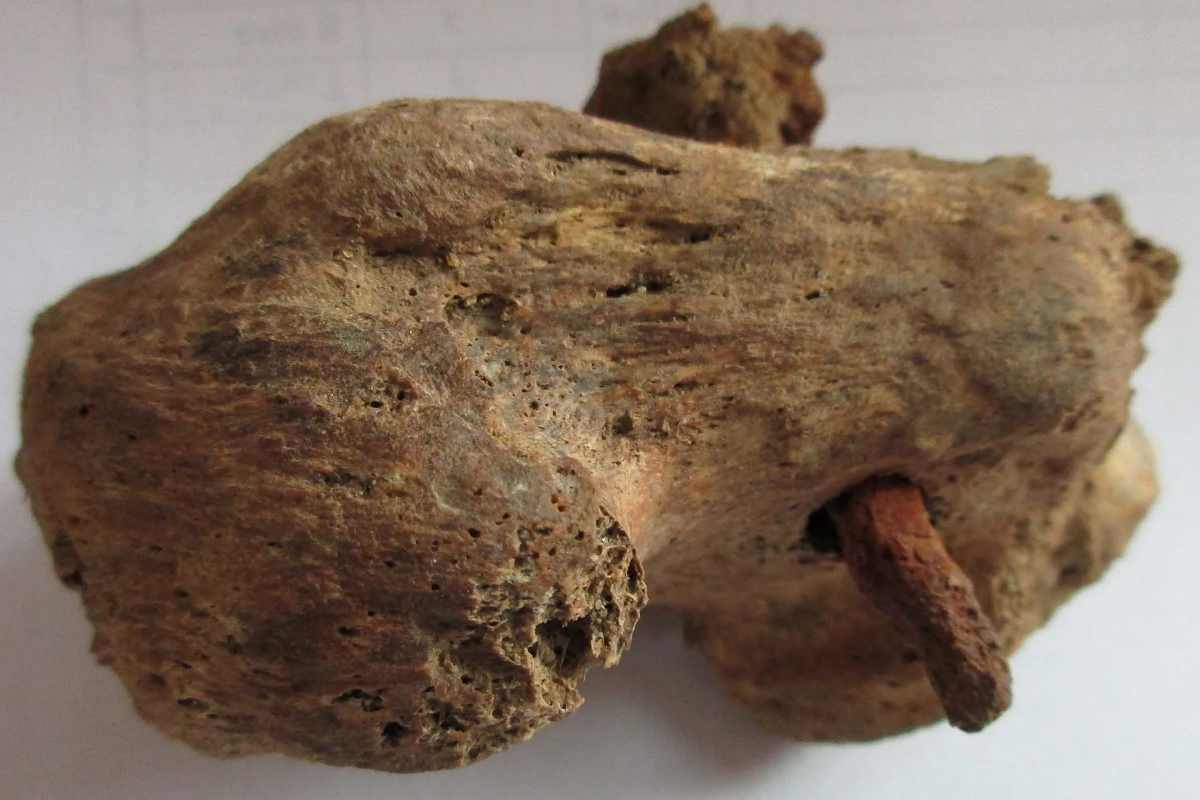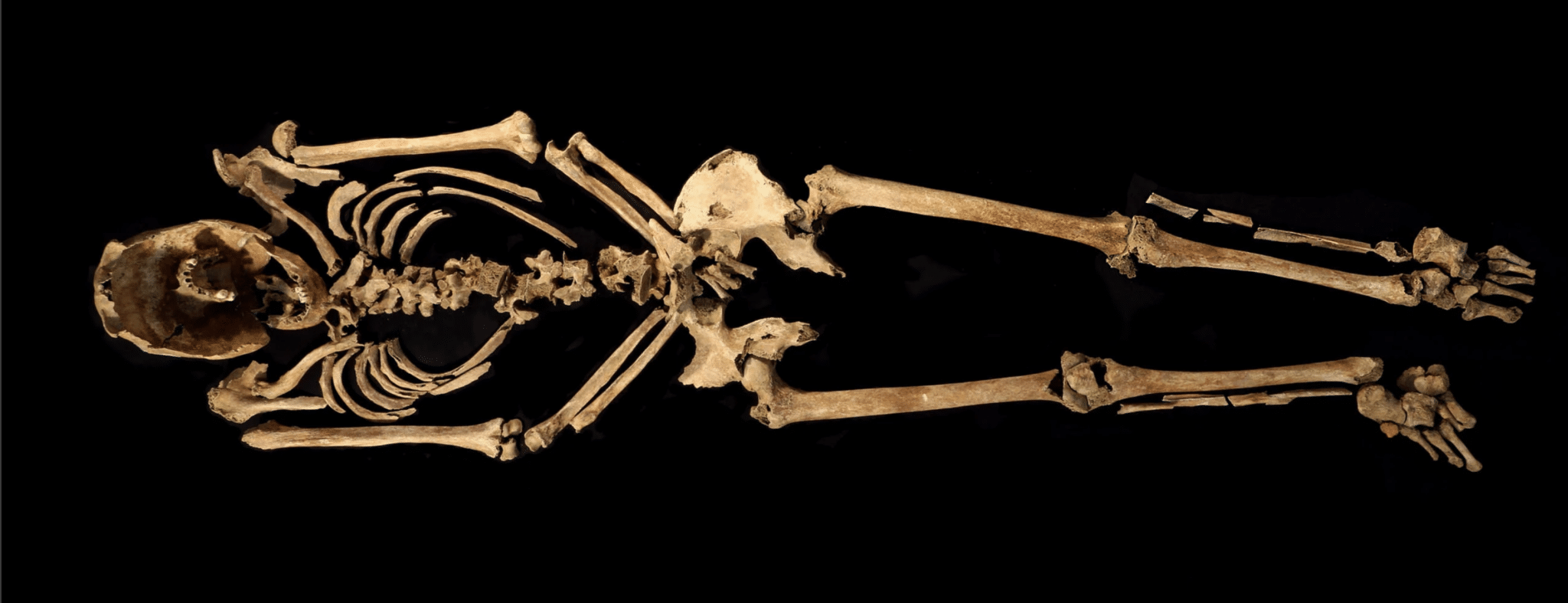
It is a unique find, because although the Romans condemned many to death on the cross, very few crucified people have been found to date.
Researchers have stumbled upon a unique find in the English village of Fenstanton, located in the county of Cambridgeshire. Here they found the fossilized remains of a man with a nail through his heel. British archaeologists suspect that the ill-fated man has been sentenced to death on the cross. The find represents the best preserved example of a crucifixion from Roman times.
Find
Archaeologists have unearthed the crucified man on the site of a former milk bottling plant. In addition to the man, they also found the remains of several dozen adults and five children. Most of the remains show signs of ill health, including dental disease, malaria and physical injury. However, the male skeleton, in a grave like the others, was surprisingly found with a two-inch long iron nail driven horizontally through his right heel bone.
crucified man
After further analysis, it appears that the man – called Skeleton 4926 by the archaeologists – must have been crucified sometime between 130 and 360 AD. He was probably between 25 and 35 years old at the time. In addition, he was about six feet tall, which was quite average for the time. The man may have been tortured prior to his death. For example, the researchers found fractures to six ribs – probably caused by a sword blow – and inflammation on his legs, which implies that he may have been tied up.

Skeleton 4926 – the crucified man – found in one of the Roman cemeteries excavated in the English village of Fenstanton. Image: University of Cambridge
Skeleton 4926 was laid to rest in a tomb after his crucifixion, surrounded by twelve iron nails and next to a wooden structure. The researchers suspect that his body was placed on this ‘wooden plank’ after being lifted from the cross. The ’13th nail’, which penetrates his heel, was not discovered in the lab until the bones were washed. A short distance next to this hole, the researchers found a smaller notch. Possibly the first attempt to nail the man to the cross had failed.
Crucifixions in Roman times
The find is very unique. For although the Romans condemned many to death on the cross, very few crucified ones have been found to date. This is partly because nails were not always used – the victim was often only attached to a crossbar. And if the victim was already pierced with nails, it was common practice to remove the nails from the body after the crucifixion and reuse them, throw them away or make amulets from them. In addition, the crucified were usually not officially buried. And so only a few of those condemned to death on the cross have been found. “The lucky combination of good preservation and the nail left in the bone allowed us to examine this almost unique specimen, when so many thousands have been lost,” said study researcher Corinne Duhig.
Crucifixion was the most common method of putting someone to death in the Roman Empire, until the Roman Emperor Constantine the Great put an end to it in his reign between 306 and 337. Although it had actually been illegal to sentence civilians to death in this way since 212, exceptions were made. For example, slaves could still be crucified and certain crimes, such as treason, could also be punished by crucifixion. It is unclear whether Skeleton 4926 was also a slave. Although the man was handcuffed and probably imprisoned before his death, it is very curious that he was given a formal burial after his crucifixion. The researchers therefore suspect that crucifixions continued to be performed in this ‘wild land on the edge of the empire’ for a long time to come.
Source material:
“Evidence of a Roman crucifixion found in Cambridgeshire” – University of Cambridge
Image at the top of this article: University of Cambridge